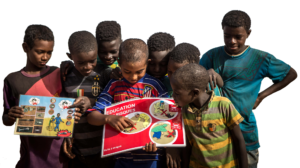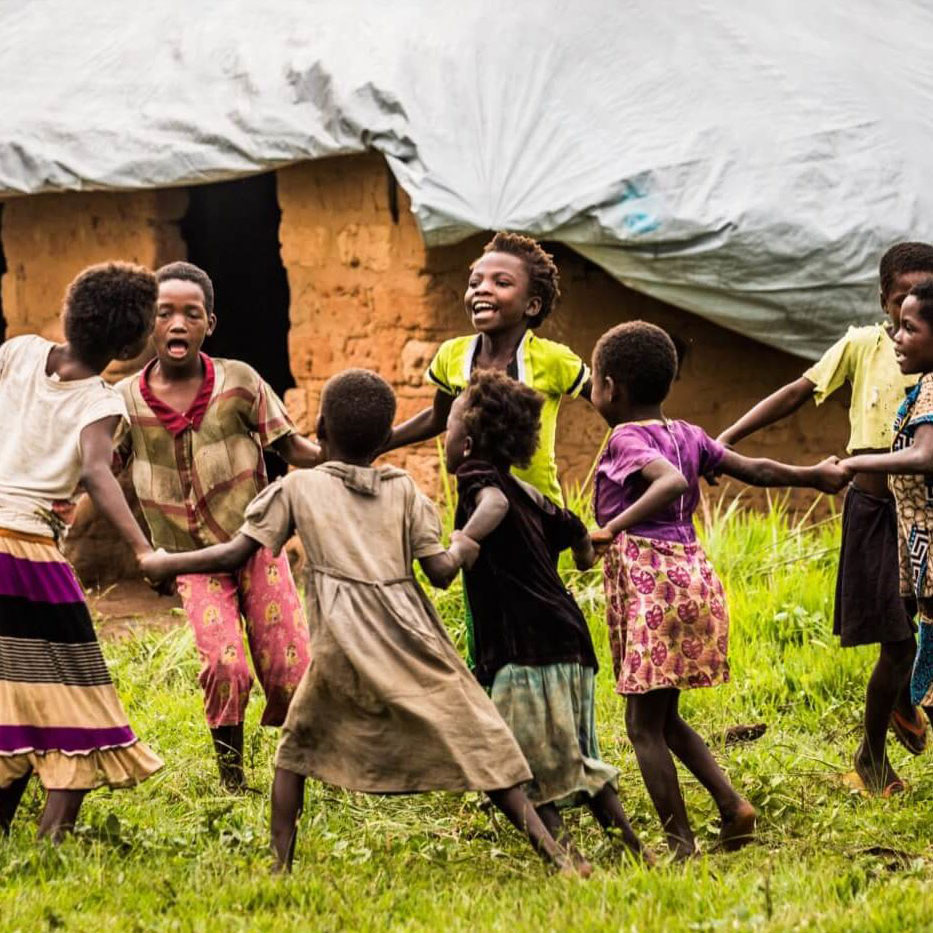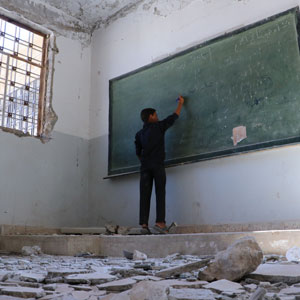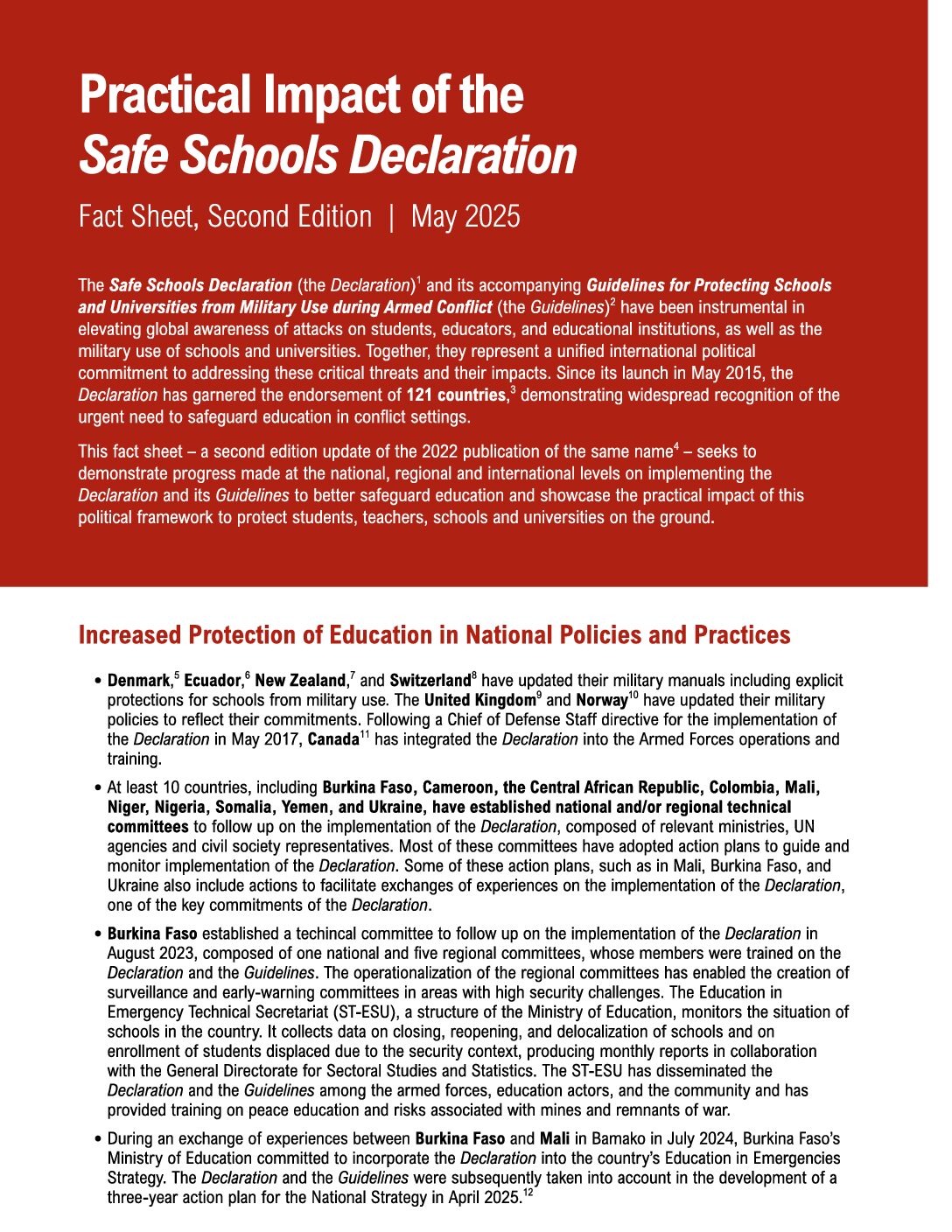GCPEA News
More than a terror assault, Garissa a direct attack on education
Devex, April 9, 2015
Students and teachers at an institution for higher learning in northern Kenya were rudely awakened Thursday last week to the sound of gunshots. By the end of the day, more than 140 of them died at the hands of gunmen affiliated with al-Shabab.
The Somali militant group claims the attack is in retaliation for the Kenyan government’s involvement in driving al-Shabab out of the conflict-torn country. But the tragedy that befell the Garissa University College is more than just a terror attack aimed at striking fear into the region — and the country at large.
It’s a direct attack on education in impoverished, conflict-ridden northern Kenya.
Garissa University College, Devex has learned, is the only institution offering higher education in the region. Opening only in 2011, Garissa subsidizes the tuition of its students, many of whom come from marginalized communities, according to Dennis Sangale, a youth advocate working as an accountant for the Kenyan government.
Garissa, a constituent of Moi University, has since been shuttered after the attack and turned into a military camp. Survivors of the attack will reportedly be relocated to the main campus in western Kenya, where students can complete the remaining six weeks of their semester.
If Garissa is not reopened in time for the start of the next academic year, these students will have to find a new school to further their studies — if they still can.
“Most of the students who were beneficiary of this package from the government of Kenya will suffer a lot since their school fees were subsidized and other necessities in relation to their education,” Sangale told Devex.
The incident adds to an already difficult situation for many young people in northern Kenya. Last year, an attack on a bus that killed over 20 teachers stationed in Mandera disrupted learning in the region, as teachers who feared for their lives refused to go back to work. Some even requested to transfer out of the region; most of the teachers in northern Kenya come from other parts of the country.
Across borders
But Garissa is not the only educational facility to have been caught in the crossfire.
In December, 145 people, including 132 schoolchildren, died after gunmen identified with the Taliban entered the premises of the Army Public School in Peshawar, Pakistan, and fired at school staff and children.
That attack led to an immediate closure of schools, well ahead of the holidays. Analysts argued the incident will likely exacerbate the already low proportion of children attending school in the country.
The case is the same in Nigeria, where more than 300 young women were abducted from their school dorm by Muslim militant group Boko Haram. Staunchly opposing Western education, Boko Haram reportedly sold and married off the young women — stoking fear within the community, leading some parents to stop sending their girls to school.
Despite a global campaign to #BringBackOurGirls, most of the young women are still under the hands of their abductors. There have been reports that these girls were already killed as Nigerian forces advance into Boko Haram territories, nearly a year after they were abducted.
The incident has had a huge impact on enrollment rates in the country, which are already considered among the lowest in the world. Northern Nigeria, in particular, holds the lowest school attendance rate at the primary level in the country, according to UNICEF.
Even before the abduction, many parents have already been reluctant to send their children, especially girls, to school as they believe doing so is against Islamic teachings.
“To such parents, Western education is tied to the Bible, and it is an indirect way of changing their religion,” Hussaina Magaji, national secretary of Nigerian youth-led action program Club 25, told Devex.
The guidelines
The Global Coalition to Protect Education from Attack has been promoting a set of guidelines aimed at preventing schools from being targets of violence. It calls on parties to armed conflicts to refrain from using school grounds as barracks or for any other purposes, even during school breaks or when the facilities are abandoned.
A number of states, such as Argentina and Norway, have put their full weight behind the guidelines, and stakeholders are looking forward to different countries signing into a Safe Schools Declaration in a conference in May.
“[The guidelines are] all about preventing the military use of schools during armed conflict [as] when schools are used by soldiers they stop being safe places for learning, and children are put at risk (for example, sexual exploitation and forced recruitment),” Silje Sjøvaag Skeie, adviser for education in emergencies at the Norwegian Refugee Council, told Devex. “We also argue that educational institutions become more vulnerable to attacks as they are used by armed forces, because some armed groups might see schools as justifiable targets.”
The challenge however is that the document is nonbinding and cannot guarantee that schools will not be attacked. Further, even learning institutions that do not have a military presence can still be subjected to violence, as was the case in Garissa.
Still, Skeie said having the guidelines is already an important first step. The challenge now is to get a wider group of actors to agree to abide by the guidelines and ensure their operationalization.
“There is increased awareness and will … but we all know that implementation is what matters,” she concluded.




